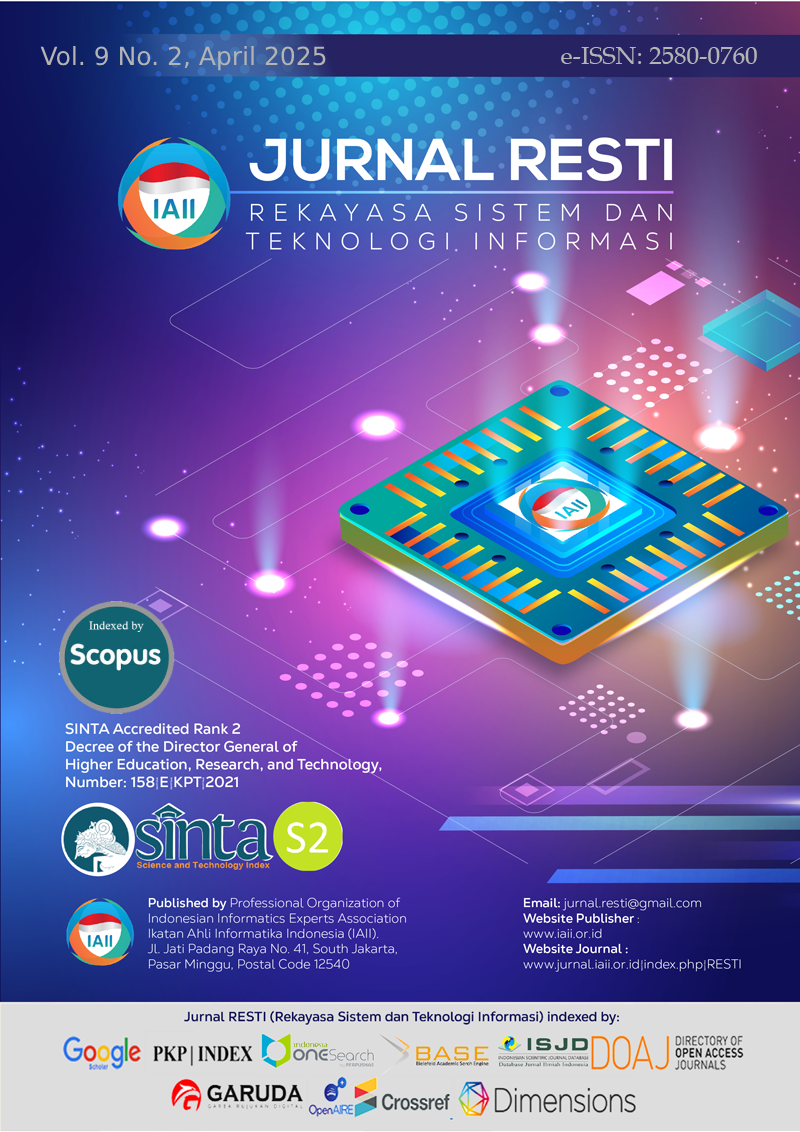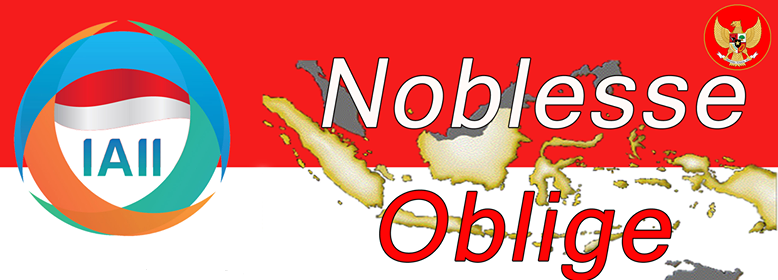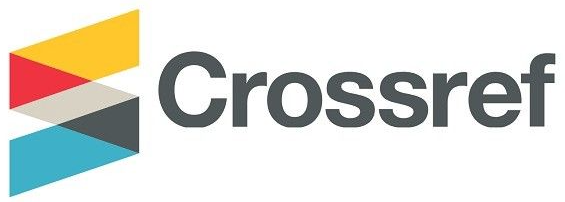Comparison of Sugarcane Drought Stress Based on Climatology Data using Machine Learning Regression Model in East Java
Abstract
Crop Water Stress Index (CWSI), derived from vegetation features (NDVI) and canopy thermal temperature (LST), is an effective method to evaluate sugarcane sensitivity to drought using satellite data. However, obtaining CWSI values is complicated. This study introduces a novel approach to estimate CWSI using climatological data, including average air temperature, humidity, rainfall, sunshine duration, and wind speed features obtained from the local weather station BMKG Malang City, East Java, for the period 2021-2023. Before estimating CWSI, we analyzed sugarcane water stress phenology, examined the strength of the correlation between climatological features and CWSI, and looked at the potential for adding lag features. Our proposed prediction model uses climatological features with additional Lag features in a machine learning regression approach and 5-fold cross-validation of the training-testing data split with the help of optimization using hyperparameters. Different machine learning regression models are implemented and compared. The evaluation results showed that the prediction performance of the SVR model achieved the best accuracy with R2 = 90.45% and MAPE = 9.55%, which outperformed other models. These findings indicate that climatological features with lag effects can effectively predict water stress conditions in rainfed sugarcane if using an appropriate prediction model. The main contribution of this study is the utilization of local climatological data, which is easier to obtain and collect than sophisticated satellite data, to estimate CWSI. The application of the results shows that climatological data with lag effects can accurately estimate water stress conditions in rainfed sugarcane. In drought-prone areas, this strategy can help sugarcane farmers make better choices about land management and irrigation.
Downloads
References
A. Yusara, H. Handoko, and B. Budianto, “Water Demand Analysis of Sugarcane Based on Crop Simulation Model (Case Study: Kediri Regency, East Java),” Agromet, vol. 33, no. 1, pp. 30–40, 2019, doi: 10.29244/j.agromet.33.1.30-40.
P. D. dan S. I. Pertanian, “Outlook Tebu,” Pusat Data dan Sistem Informasi Pertanain, 2016.
N. Qin, Q. Lu, G. Fu, J. Wang, K. Fei, and L. Gao, “Assessing the drought impact on sugarcane yield based on crop water requirements and standardized precipitation evapotranspiration index,” Agric Water Manag, vol. 275, no. July 2022, p. 108037, 2023, doi: 10.1016/j.agwat.2022.108037.
J. A. O. Reyes, D. E. Casas, J. L. Gandia, and E. F. Delfin, Drought impact on sugarcane production, vol. 35, no. June. 2021.
L. C. Santos et al., “Influence of deficit irrigation on accumulation and partitioning of sugarcane biomass under drip irrigation in commercial varieties,” Agric Water Manag, vol. 221, no. June 2018, pp. 322–333, 2019, doi: 10.1016/j.agwat.2019.05.013.
A. Narayanamoorthy, “Impact assessment of drip irrigation in India: The case of sugarcane,” Development Policy Review, vol. 22, no. 4, pp. 443–462, 2004, doi: 10.1111/j.1467-7679.2004.00259.x.
P. J. Dlamini, “Drought stress tolerance mechanisms and breeding effort in sugarcane: A review of progress and constraints in South Africa,” Plant Stress, vol. 2, no. December 2020, p. 100027, 2021, doi: 10.1016/j.stress.2021.100027.
G. Sonkar, N. Singh, R. K. Mall, K. K. Singh, and A. Gupta, “Simulating the Impacts of Climate Change on Sugarcane in Diverse Agro-climatic Zones of Northern India Using CANEGRO-Sugarcane Model,” Sugar Tech, vol. 22, no. 3, pp. 460–472, 2020, doi: 10.1007/s12355-019-00787-w.
D. Zhao and Y. R. Li, “Climate Change and Sugarcane Production: Potential Impact and Mitigation Strategies,” International Journal of Agronomy, vol. 2015, 2015, doi: 10.1155/2015/547386.
S. O. Ihuoma and C. A. Madramootoo, “Recent advances in crop water stress detection,” Comput Electron Agric, vol. 141, pp. 267–275, 2017, doi: 10.1016/j.compag.2017.07.026.
H. G. Jones and R. A. Vaughan, Remote sensing of vegetation: principles, techniques, and applications. Oxford University Press, USA, 2010.
Jackson, “Thermal Crop Water Stress Indices,” Stress: The International Journal on the Biology of Stress, pp. 1–12, 1982.
S. Veysi, A. A. Naseri, S. Hamzeh, and H. Bartholomeus, “A satellite based crop water stress index for irrigation scheduling in sugarcane fields,” Agric Water Manag, vol. 189, pp. 70–86, 2017, doi: 10.1016/j.agwat.2017.04.016.
R. Triadi, Y. Herdiyeni, and S. D. Tarigan, “Estimating crop water stress of sugarcane in indonesia using landsat 8,” 2020 International Conference on Computer Science and Its Application in Agriculture, ICOSICA 2020, pp. 8–11, 2020, doi: 10.1109/ICOSICA49951.2020.9243255.
S. Y. J. Prasetyo, K. D. Hartomo, and M. C. Paseleng, “Satellite imagery and machine learning for identification of aridity risk in central Java Indonesia,” PeerJ Comput Sci, vol. 7, pp. 1–21, 2021, doi: 10.7717/PEERJ-CS.415.
S. Sudianto, Y. Herdiyeni, and L. B. Prasetyo, “Early Warning for Sugarcane Growth using Phenology-Based Remote Sensing by Region,” International Journal of Advanced Computer Science and Applications, vol. 14, no. 2, pp. 502–510, 2023, doi: 10.14569/ijacsa.2023.0140259.
A. Santillán-Fernández, V. H. Santoyo-Cortés, L. R. García-Chávez, I. Covarrubias-Gutiérrez, and A. Merino, “Influence of drought and irrigation on sugarcane yields in different agroecoregions in Mexico,” Agric Syst, vol. 143, no. June, pp. 126–135, 2016, doi: 10.1016/j.agsy.2015.12.013.
R. Calderón, J. A. Navas-Cortés, C. Lucena, and P. J. Zarco-Tejada, “High-resolution airborne hyperspectral and thermal imagery for early detection of Verticillium wilt of olive using fluorescence, temperature and narrow-band spectral indices,” Remote Sens Environ, vol. 139, pp. 231–245, 2013, doi: 10.1016/j.rse.2013.07.031.
K. L. Hugie, P. J. Bauer, K. C. Stone, E. M. Barnes, D. C. Jones, and B. T. Campbell, “Improving the Precision of NDVI Estimates in Upland Cotton Field Trials,” The Plant Phenome Journal, vol. 1, no. 1, pp. 1–9, 2018, doi: 10.2135/tppj2017.09.0009.
J. E. Nichol and S. Abbas, “Integration of remote sensing datasets for local scale assessment and prediction of drought,” Science of the Total Environment, vol. 505, pp. 503–507, 2015, doi: 10.1016/j.scitotenv.2014.09.099.
P. S. Käfer, S. B. A. Rolim, L. R. Diaz, N. S. da Rocha, M. L. Iglesias, and F. E. Rex, “Comparative Analysis of Split-Window and Single-Channel Algorithms for Land Surface Temperature Retrieval of a Pseudo-Invariant Target,” Boletim de Ciências Geodésicas, vol. 26, no. 2, pp. 1–17, 2020, doi: 10.1590/s1982-21702020000200008.
R. D. Jackson, S. B. Idso, R. J. Reginato, and P. J. Pinter, “Canopy temperature as a crop water stress indicator,” Water Resour Res, vol. 17, no. 4, pp. 1133–1138, 1981, doi: 10.1029/WR017i004p01133.
I. Pesenson, Q. Thong, L. Gia, A. Mayeli, H. Mhaskar, and D. Zhou, Novel Methods in Harmonic Analysis, Volume 2, vol. 2.
Y. Herdiyeni, M. F. Mumtaz, G. F. Laxmi, Y. Setiawan, L. B. Prasetyo, and T. R. Febbiyanti, “Analysis and prediction of rubber tree phenological changes during Pestalotiopsis infection using Sentinel-2 imagery and random forest,” J Appl Remote Sens, vol. 18, no. 1, p. 14524, 2024, doi: 10.1117/1.JRS.18.014524.
S. Irmak, D. Z. Haman, and R. Bastug, “Determination of crop water stress index for irrigation timing and yield estimation of corn,” Agron J, vol. 92, no. 6, pp. 1221–1227, 2000, doi: 10.2134/agronj2000.9261221x.
W. Wang and D. Sun, “The improved AdaBoost algorithms for imbalanced data classification,” Inf Sci (N Y), vol. 563, pp. 358–374, 2021, doi: 10.1016/j.ins.2021.03.042.
N. Desai and V. Patel, “Linear Decision Tree Regressor: Decision Tree Regressor Combined with Linear Regressor,” no. July, 2021.
J. Luo, Y. Wang, Y. Ou, B. He, and B. Li, “Neighbor-Based Label Distribution Learning to Model Label Ambiguity for Aerial Scene Classification,” Remote Sens (Basel), vol. 13, no. 4, p. 755, 2021, doi: 10.3390/rs13040755.
R. P. Sheridan, A. Liaw, M. Tudor, and S. Chemistry, “Light Gradient Boosting Machine as a Regression Method for Quantitative Structure- Activity Relationships.”
Y. Ao, H. Li, L. Zhu, S. Ali, and Z. Yang, “The Linear Random Forest Algorithm and its Advantages in Machine Learning assisted Logging Regression Modeling,” J Pet Sci Eng, 2018, doi: https://doi.org/10.1016/j.petrol.2018.11.067.
M. Schonlau and R. Y. Zou, “The random forest algorithm for statistical learning,” Stata Journal, vol. 20, no. 1, pp. 3–29, 2020, doi: 10.1177/1536867X20909688.
Y. Forghani, R. S. Tabrizi, H. S. Yazdi, and M. R. Akbarzadeh-T, “Fuzzy support vector regression,” 2011 1st International eConference on Computer and Knowledge Engineering, ICCKE 2011, no. Vc, pp. 28–33, 2011, doi: 10.1109/ICCKE.2011.6413319.
Y.-R. Yeh, S.-Y. Huang, H.-K. Pao, and Y.-J. Lee, “a Review of Reduced Kernel Trick,” Journal of the Chinese Statistical Association, vol. 52, pp. 85–114, 2014, [Online]. Available: http://jupiter.math.nctu.edu.tw/~yuhjye/assets/file/publications/journal_papers/J4_A Review of Reduced Kernel Trick in Machine Learning.pdf
N. Uzir, S. Raman, S. Banerjee, and R. S. Nishant Uzir Sunil R, “Experimenting XGBoost Algorithm for Prediction and Classification of Different Datasets Experimenting XGBoost Algorithm for Prediction and Classifi cation of Different Datasets,” International Journal of Control Theory and Applications, vol. 9, no. July, 2016.
Y. Jung, “Multiple predicting K-fold cross-validation for model selection,” J Nonparametr Stat, vol. 30, no. 1, pp. 197–215, 2018, doi: 10.1080/10485252.2017.1404598.
A. C. Cameron and F. A. G. Windmeijer, “An R-squared measure of goodness of fit for some common nonlinear regression models,” J Econom, vol. 77, no. 2, pp. 329–342, 1997, doi: 10.1016/s0304-4076(96)01818-0.
A. de Myttenaere, B. Golden, B. Le Grand, and F. Rossi, “Mean Absolute Percentage Error for regression models,” Neurocomputing, vol. 192, pp. 38–48, 2016, doi: 10.1016/j.neucom.2015.12.114.
Copyright (c) 2025 Jurnal RESTI (Rekayasa Sistem dan Teknologi Informasi)

This work is licensed under a Creative Commons Attribution 4.0 International License.
Copyright in each article belongs to the author
- The author acknowledges that the RESTI Journal (System Engineering and Information Technology) is the first publisher to publish with a license Creative Commons Attribution 4.0 International License.
- Authors can enter writing separately, arrange the non-exclusive distribution of manuscripts that have been published in this journal into other versions (eg sent to the author's institutional repository, publication in a book, etc.), by acknowledging that the manuscript has been published for the first time in the RESTI (Rekayasa Sistem dan Teknologi Informasi) journal ;







